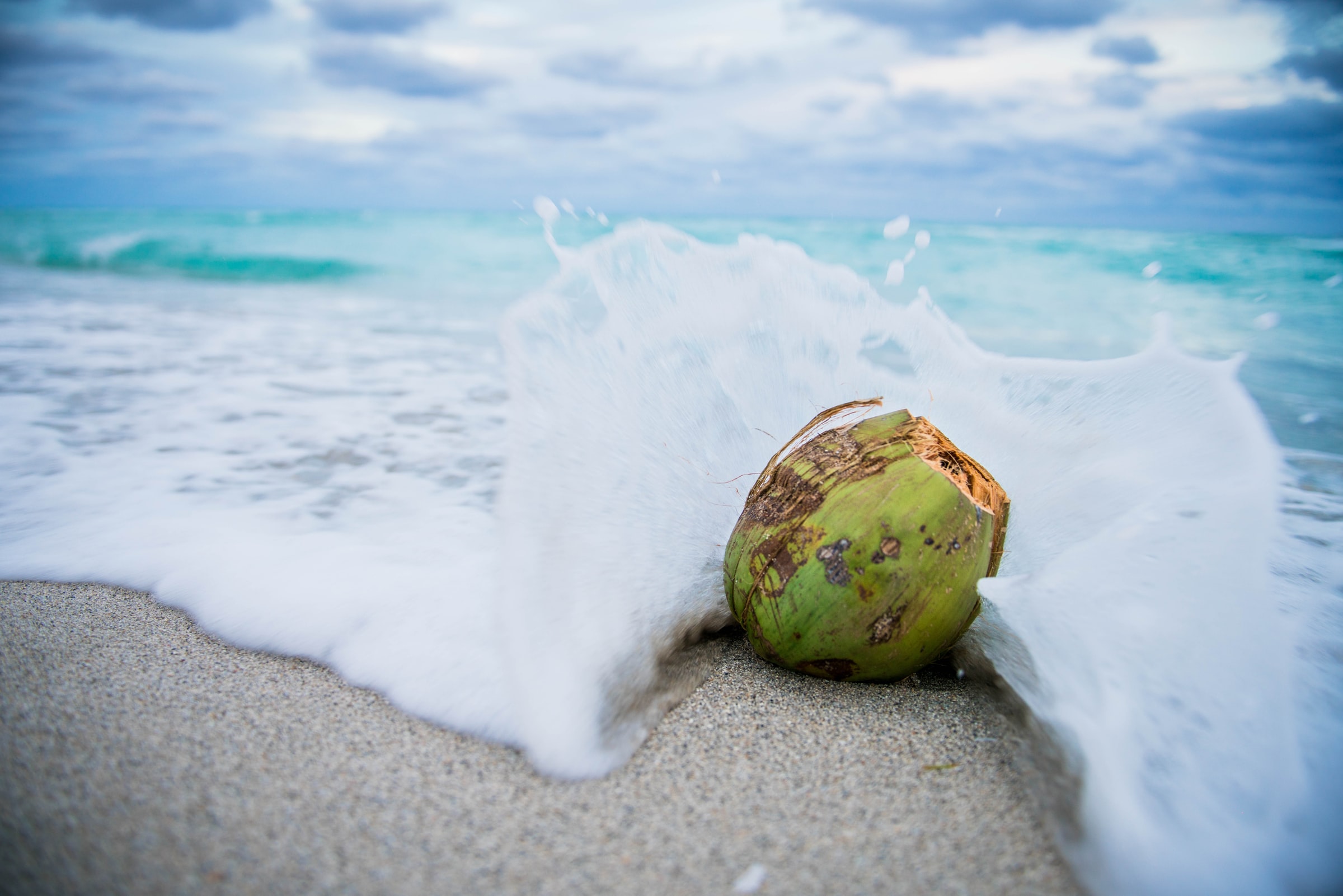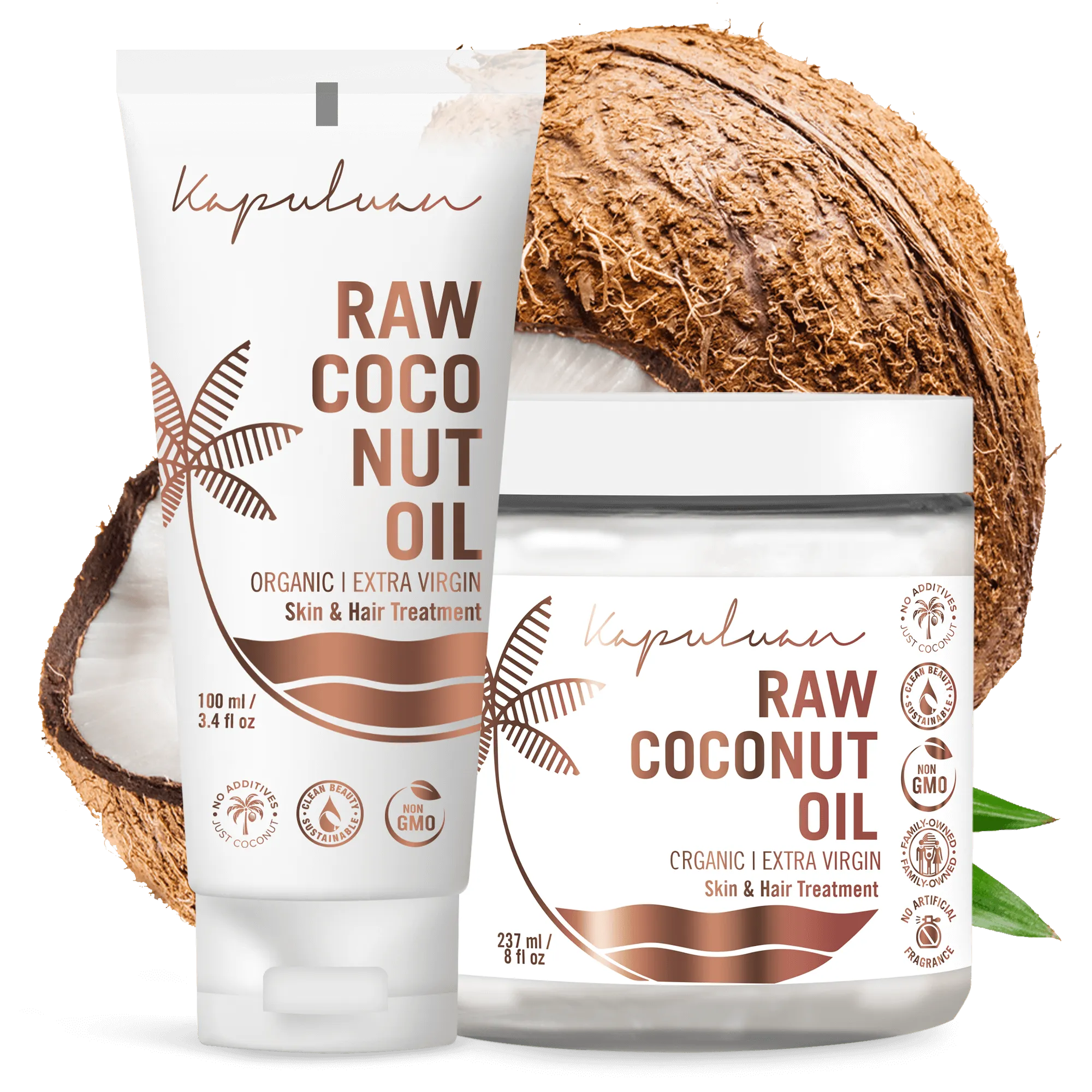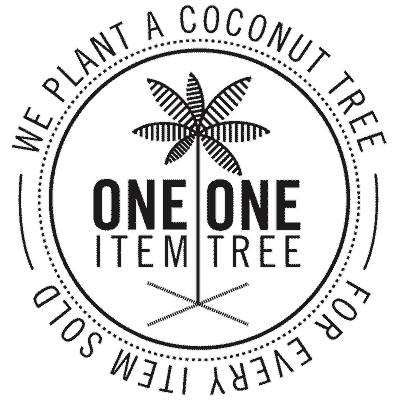Last Updated on July 3, 2024 by Kapuluan

It’s no secret that a coconut craze has recently seen a boom in worldwide demand. The fruit, important to many tropical cultures for generations, has now experienced a massive surge in interest from Westerners – everyone loves some coconut products.
Coconut milk, sugar, and flour appeal to consumers needing alternatives to these staples’ conventional forms. However, coconut water is touted by many as the ideal aid in hydration and electrolytes. And a quick Google search will reveal the numerous benefits of coconut oil in the kitchen, the bathroom, and even…the bedroom. Coconut is truly the nectar of tropical island gods and a fantastic product for those looking to lead a more natural lifestyle.
But at what cost does the coconut craze come to people and the planet?
Where Do Coconuts Come From? And How Do We Use Them?
Coconuts are native to Pacific islands and ubiquitous throughout the tropics, spreading across islands via ocean currents and human migration. While natives to the tropics have genuinely tapped into the many uses of the coconut and the trees they grow on, Westerners have demands for just a few of the secondary products the crop can produce. For example, drying coconut meat results in a “copra,” which is then pressed to extract commonplace coconut oil, used widely in skincare and cleaning products.
Coconut water is obtained from the liquid inside young, immature coconuts. And coconut milk is extracted by squeezing fresh coconut meat. Together these products offer consumers more choices in their quest for natural alternatives in their diet, personal care, and lifestyle.
We may feel we’ve struck gold in such a versatile product. But what is the cost of this coconut craze to the environment?
Environmental Concerns
According to the World Watch Institute, food transportation is quickly becoming one of the world’s fastest-growing sources of greenhouse gas emissions. In addition, diets that rely heavily on foods from other parts of the world contribute enormously to these emissions. Sadly, a lifestyle filled with coconut products falls under this category.
Unless you live in a tropical habitat where coconuts are grown locally, the coconuts and secondary products you use must travel from far-off places and across oceans; Indonesia, the Philippines, and India are the leading commodity producers.
An additional concern is that packaging is needed to boost shelf life and aid in product transportation. Tetra pack pouches, cartons, plastic bottles, and glass jars all require inputs to manufacture and transport. And they can become an environmental nuisance when they don’t reach recycling facilities that adequately process the discarded materials. While almost all businesses (regardless of coconut) create negative impacts on the environment via their supply chains and distribution, manufacturing, travel, shipping, and packaging, to name a few, all businesses also have a choice – continue to create a negative impact or take steps to create a positive one.
Kapuluan’s One-For-One Tree Planting program ensures that we are reducing our carbon footprint and working towards contributing to a positive impact on the environment. The more product we sell, the more trees we plant, and the more significant impact we can create.

Coconut Farming
The negative environmental impacts of the coconut industry can also be traced directly back to the coconut farms themselves. As with other trends or fads in foods, monoculture farming and industrial agriculture have increasingly become an issue in areas where coconuts are grown.
As the coconut tree ages, it becomes less productive, and so there is a constant need to plant new trees. However, new coconut trees take about seven years to produce the fruit, and with the worldwide demand increasing, there has been an increase in plantation crops and exploitation of the land, the resource, and the people who harvest coconut. There have even been scientific efforts to “tweak” the coconut tree by creating a hybrid strain that produces fruit in about three years.
Because most coconut farmers live in extreme poverty, the incentive to plant more and more coconut trees to maintain a constant stream of products is minimal. The hard truth is that when coconut farmers make less than $2 per day, they think about making enough income to feed their family daily; they are not concerned with what will happen seven years from now.
Monoculture plantation crops are often grown by wealthy landowners who exploit the land by replacing native plants and biodiversity to meet the increasing demand for coconut products. With cheap alternatives to sustainable and organic farming methods, environmental protection and social justice can take a backseat while land owners focus on cutting costs.
As with any agricultural endeavor, there is a threat to local biodiversity and soil, water, and air health when chemical inputs are introduced. For coconut farmers, the wild growing and renewable resources their life depends on are controlled by powerful corporations while their wages are being decreased. There is often no negotiating power or hope for the future of a coconut farmer.
So, What Will You Do with this Coconut Craze?
When people think of coconut oil (and coconut products in general), they often think of beautiful white sandy beaches surrounded by palm trees and turquoise blue water. Given how far removed the Western consumer is from the growth and production of coconut, it is uncommon for the typical consumer to understand the impact of using the product. Coconuts grow everywhere; they are natural, healthy, and calm, so it must be all good! Right?
The fact is that there is little awareness of coconut farming standards and the impact that the end product has on people and the planet. While most people understand the concept of sustainable and fair trade coffee, at this point, the same cannot be said for coconut.
Fortunately, some choices can be made that positively impact the world. So, if you’re interested in enjoying the benefits that coconut products have to offer but want to contribute positively to our planet and its people, here are a few simple tips to make your choice an environmentally-friendly one:
1. Get educated. Research the company or companies you’re buying coconut products from to determine whether your moral concerns align with their business practices. Are they worthy of your money and devotion as a consumer?
2. Buy organic. Buying organic coconut products helps ensure that the local ecology and people aren’t put at risk from chemical fertilizers and pesticides.
3. Buy Fair Trade. This not only indicates that the farmers receive ample compensation but also that their farming methods take environmental sustainability into account. Because farmers are being paid more, they are also less likely to be part of overgrown monoculture coconut crops and destroying local biodiversity.
4. Mind the mess. This rule holds for everything you consume, coconut products included. Ensure you’re properly disposing of any containers or packaging in the environmental manner available to you. Recycle and seek to reduce packaging where you can.
The coconut craze can be seen as a blessing, given coconut oil’s versatile uses and benefits. Just make sure you consider the backstory of your coconut products so that the planet and its inhabitants aren’t suffering due to your choices.
JOIN US ON INSTAGRAM



